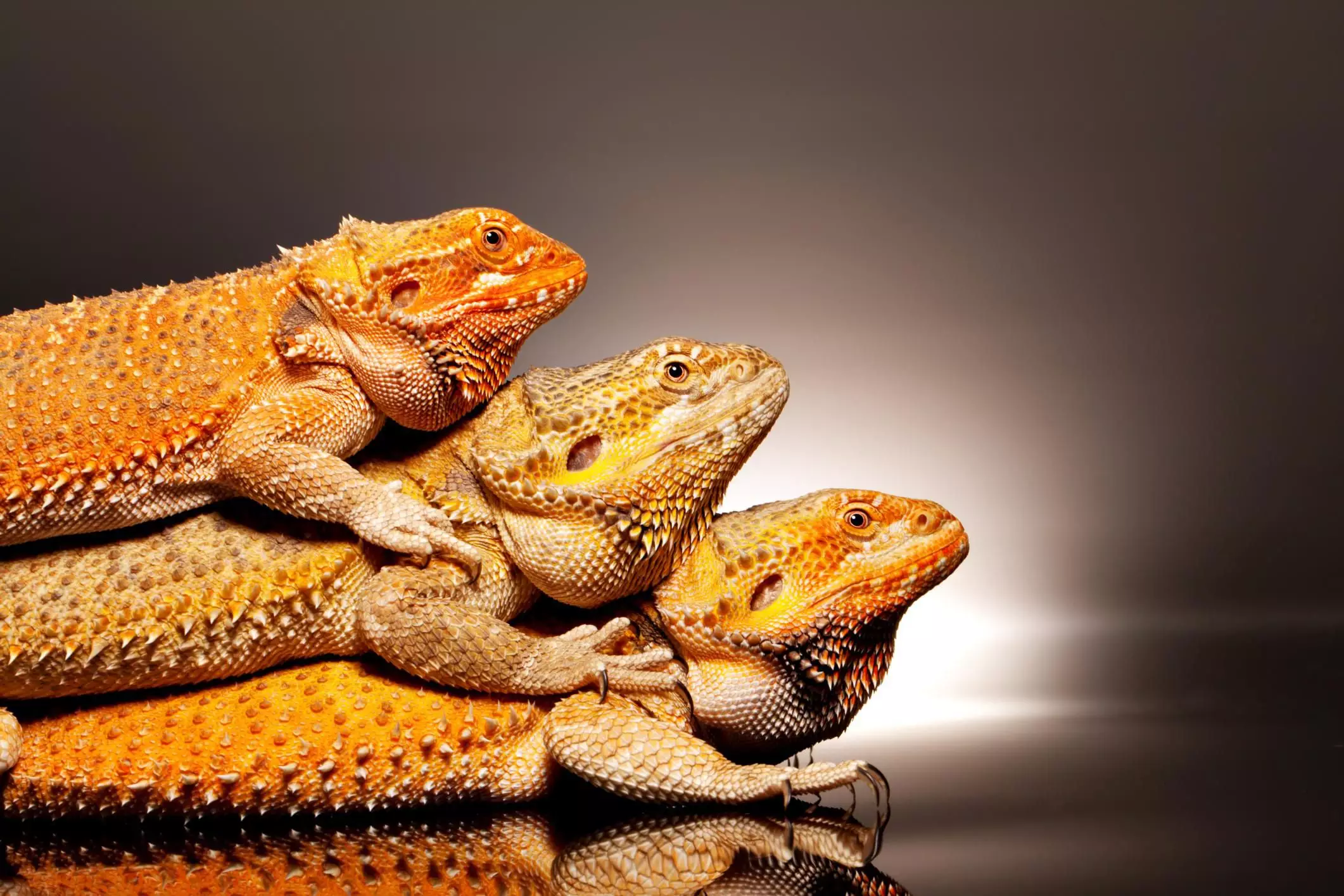When considering the social dynamics of bearded dragons, potential pet owners often find themselves debating whether these reptiles can coexist harmoniously. While anecdotal evidence is abundant in online forums, the reality is nuanced and varies significantly based on individual circumstances. Understanding the various factors that influence the compatibility of bearded dragons is crucial for fostering a healthy environment.
To ensure that bearded dragons may live together, the enclosure must be sufficiently spacious. These reptiles are not only territorial but also thrive better when given room to roam. A minimum tank size of 125 gallons is recommended for housing multiple bearded dragons. This larger space allows for the delineation of personal territory, reducing the likelihood of conflict. Beyond just size, the habitat should be enriched with hiding spots and basking areas that cater to each dragon’s needs. A well-designed environment can mitigate stress and aggressive behaviors, providing essential personal space.
Size Harmony and Gender Considerations
Another critical factor in cohabitation is the size and gender of the dragons involved. Ideally, cohabiting bearded dragons should be of similar size to prevent aggressive dominance behaviors. Larger dragons can intimidate or bully smaller ones, leading to stress and potential injuries. Additionally, gender must be carefully considered; only one male should be housed in a shared habitat to avoid aggressive confrontations and mating disputes. When it comes to females, it is best to wait until they reach sexual maturity—around two years old—before introducing them into a mixed-gender environment. Housing young or ailing females with males can lead to serious reproductive health issues, including the risk of egg binding.
Even if all conditions seem ideal—large enclosure, similar sizes, proper gender balance—individual personality traits play an unpredictable role in cohabitation success. Each bearded dragon has its own temperament, which can significantly affect how they interact with one another. Some may display territorial behaviors, while others could be more docile. It is also important to note that aggression can intensify during breeding periods, further complicating relationships between males and females. This inherent variability makes it vital for owners to remain vigilant and ready to intervene if aggressive behaviors escalate, necessitating separation.
Ultimately, the decision to house bearded dragons together is deeply personal and requires careful consideration of their individual characteristics and environmental setups. While some dragons may thrive in a shared habitat, others might require solitude for optimal health and happiness. Pet owners must remain flexible and observant, ready to adapt their management strategies based on the behavior of their dragons. As with many aspects of pet care, knowledge and preparation are essential to fostering a safe and enriching environment for these captivating reptiles.

